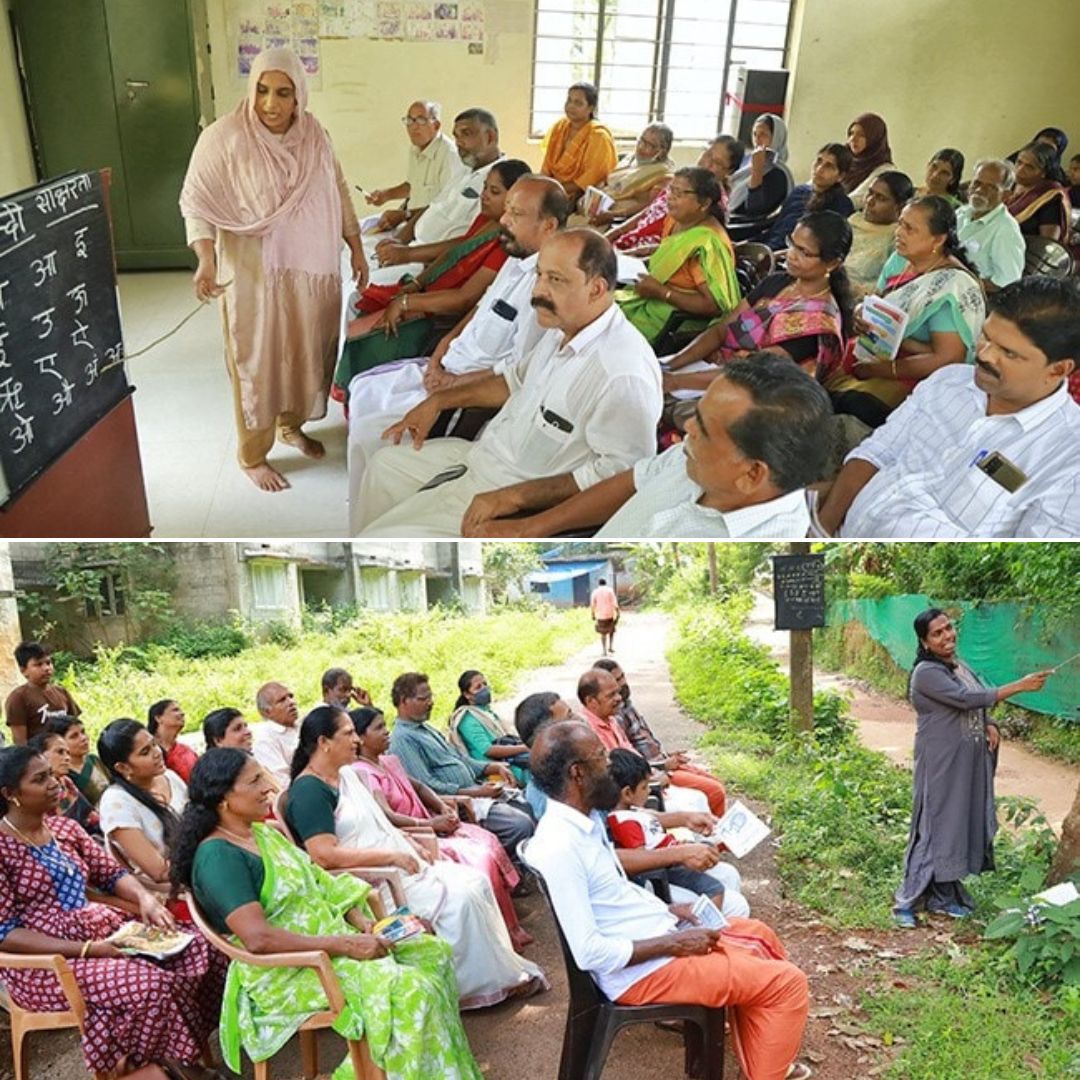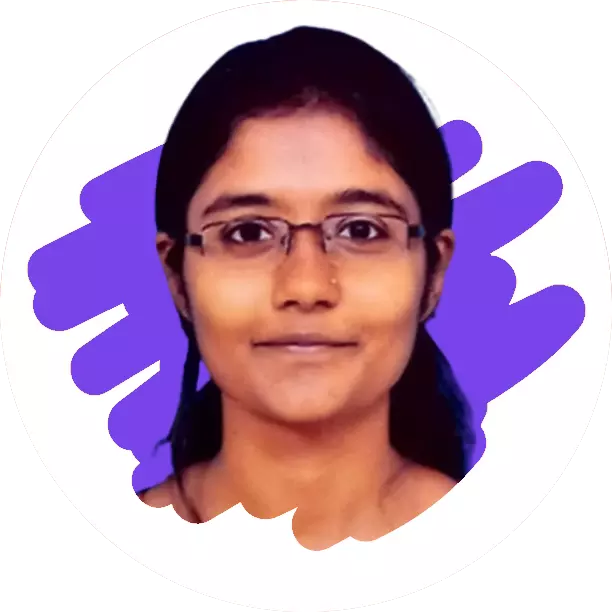
Image Credits: NDTV
Know About This Kerala Village That Is All Set To Be Declared 100% Hindi Literate Panchayat
Writer: Laxmi Mohan Kumar
She is an aspiring journalist in the process of learning and unlearning many things. Always up for discussions on everything from popular culture to politics.
Kerala, 24 Oct 2022 5:11 AM GMT
Editor : Shiva Chaudhary |
A post-graduate in Journalism and Mass Communication with relevant skills, specialising in content editing & writing. I believe in the precise dissemination of information based on facts to the public.
Creatives : Laxmi Mohan Kumar
She is an aspiring journalist in the process of learning and unlearning many things. Always up for discussions on everything from popular culture to politics.
Amidst heated debates and controversies on Hindi language imposition, this small village in Kozhikode is training their villagers to speak in Hindi for a heartwarming reason.
Located about 12 kilometres from Kozhikode city, the small village of Chelannur is on its way to possibly become the first-ever panchayat in South India to achieve 100 per cent Hindi literacy. At a time when many southern states, including Kerala, are strongly opposing the imposition of the Hindi language, this village is changing the rules of the game.
The panchayat had introduced the Hindi literacy initiative solely for practical and uplifting reasons and was proposed way before the heated debates on language imposition had started off. The village was also among the first entirely literate panchayats in Kozhikode district when Kerala had attained 100 per cent literacy in 1991.
Building A Community That Welcomes All
Chelannur is in the works to transform the panchayat into a Hindi literate one and thereby become the first such civic body in Kerala to achieve this feat.
However, the need for such an initiative was considered keeping in mind the significant population of migrant workers in the village. The officials believed that the best way to accommodate them and enable the villagers to communicate with them would be through a proper Hindi literacy provision. This had to be implemented with limited funds and available human resources in the panchayat.
The panchayat has been ensuring the message reaches every nook and corner of the region with the help of a limited budget of ₹ 25,000-50,000. All instructors brought under the project took up the duty voluntarily, and so there is a wide range of people, from ex-military personnel, Gulf returnees and homemakers, involved in improving the language skills of the people. The Hindi teachers in the village also play a key role in the project as they have provided support in preparing the module of teaching and study materials.
Initially, an expert panel was constituted to conduct door-to-door surveys and identify people's fluency in the language. The survey found that over 9,000 people could not write Hindi, and over 15,000 people did not know how to speak the language. Most of the respondents had expressed interest in receiving training to speak the language rather than being taught how to read and write.
With the information in hand and all the instructors prepared to teach, a pilot programme was launched at the eighth ward on August 15, 2021. Based on the feedback received, they gradually grew up to cover all 21 wards of the panchayat.
A few wards undertook about eight to ten classes every week, along with additional evening classes to benefit a larger group of people. Even the little time available between weekly meetings of the self-help group Kudumbashree and tea breaks amid the MNREGA activities was being utilised effectively for Hindi training. Panchayat Saksharatha Prerak, Sasikumar stated that presently there are 94-96 classes being held in all wards of the panchayat.
The panchayat president, Nousheer P, also clarified, "There is no connection between our project and the recent controversy regarding Hindi. The conceptualisation and other basic works of the project began last year."
They are clear about the objective they want to achieve and said that every villager aged between 20-70 years would be Hindi literate by the next Republic Day celebrations. Hindi usage has become a common sight across the premises of Chelannur now.
Their efforts in the literacy initiative were also acknowledged by the Kerala State Literacy Mission Authority, the Sarva Shiksha Abhiyan (SSA) and Dakshin Bharat Hindi Prachar Sabha, who happily extended support and assistance to them.
Beneficiaries Who Picked Up The New Language Skill
Among the hundreds of villagers across different ages, gender, and educational groups who are picking up the new language is 72-year-old Janaki Amma. With a newfound fondness for the language, she can be seen repeating Hindi lines every now and then out of excitement.
Her daughter Athmini, a neighbourhood volunteer, believes Janaki Amma relishes the joy of learning something new at the dusk of life. A report by the NDTV quoted Janaki Amma saying, "I had to stop my studies at fifth standard. After that, now I am learning again. This is really good ... They are teaching us necessary words and sentences we can use in daily life. My grandchild, a Plus Two student, also attends the class at times."
Yet another senior citizen, Abdul Salam, considers it the need of the hour to understand Hindi. He says that many people he meets in the local provision store, hotels, construction sites, and as helpers are migrant workers. He was quoted saying, "I felt that it would be good if I could ask him in Hindi whether he had his food. So, I decided to pursue this learning programme."
The project welcomed immense participation from people like Janaki and Abdul Salam, as they wanted to be equipped with the Hindi language skills to communicate with the large-scale guest workers who constitute an integral part of their social life.
 All section
All section














